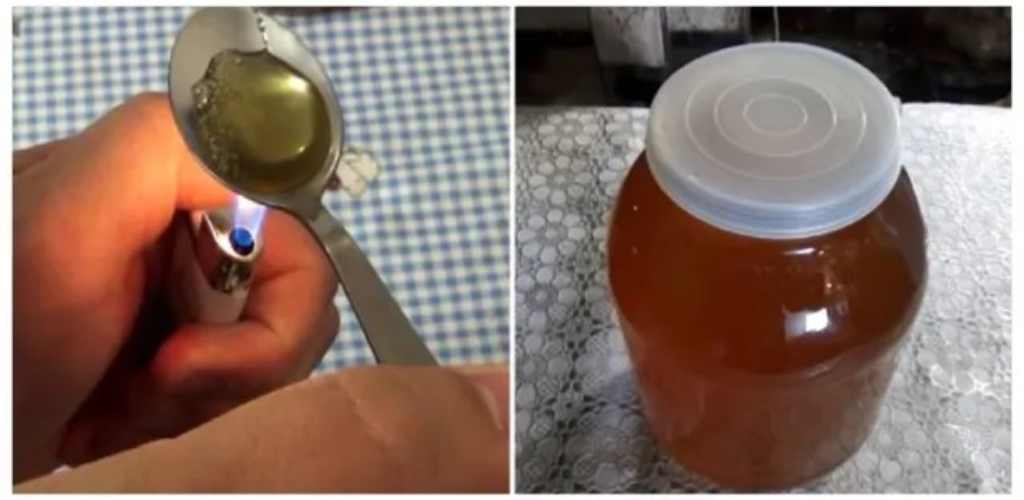How to Distinguish Real Honey from Fake Honey with a Simple and Easy Trick
Faced with the difficulty of discerning real honey from adulterated versions, individuals may unwittingly purchase fake honey. To fully enjoy the health benefits of honey, it is essential to check its purity before making a purchase.
Fortunately, there are various simple home tests that can be used to determine the authenticity of honey. Let’s explore these techniques to help you recognize real honey.
Identifying Real Honey
Start with a basic but essential step:
Always check the label on the honey jar. Manufacturers must list any additives or preservatives. Real honey should be free of artificial substances or additional flavors.
Home Tests for Honey Purity:
Real honey has distinct densities and properties, and its purity can be assessed through several simple tests:
Thumb Test:
Put a small amount of honey on your thumb. Pure honey should remain intact and not spread or run quickly. If it does, it is probably adulterated.
Water Test:
Fill a glass with water and add a little honey. Artificial honey dissolves quickly, while pure honey sinks and remains intact at the bottom.
Flame Test:
Pure honey has the uncanny ability to catch fire. Dip a match into the honey and light it. If it lights easily and burns, the honey is pure. Fake honey, often diluted with moisture, will prevent the match from igniting.
Vinegar Test:
Mix honey, water and a few drops of vinegar. If the mixture foams, this suggests the presence of impurities.
Paper Test:
Place honey on blotting paper or a paper towel. Pure honey should not leave a wet mark or be absorbed quickly.
Ant Test:
Although less scientifically robust, this test suggests that ants are attracted to impure honey due to a higher sugar content. However, this method is less reliable because ants can be attracted to both pure and adulterated honey.
Identification of 100% Pure Honey:
To fully enjoy the health benefits, it is essential to use pure honey. Due to the high demand, some producers may sell honey adulterated with substances like starch, glucose, dextrose, molasses, sugar syrup, corn syrup, etc. These tests can help you make an informed decision and ensure that you are buying real honey.
Keep in mind that these home tests serve as guidelines and may not be foolproof. If you are unsure, choosing to purchase honey from trusted sources or local beekeepers can also ensure quality and purity.
